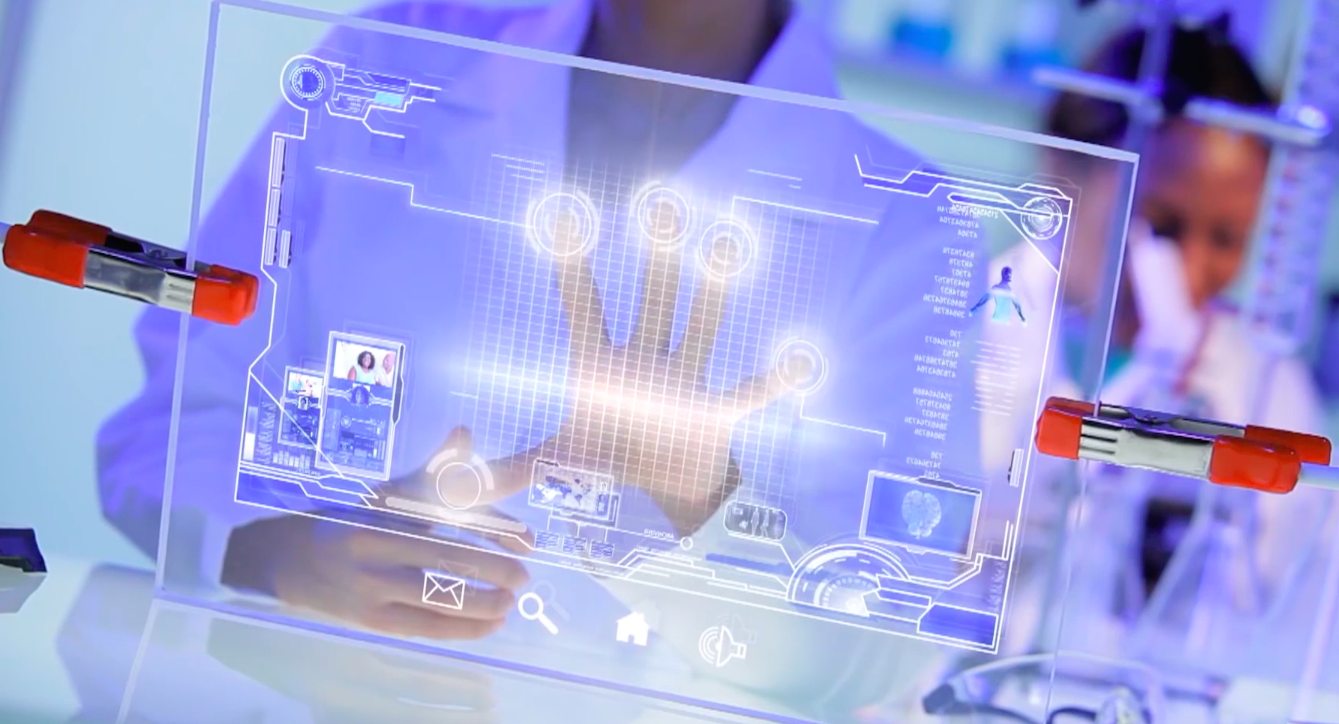Touchscreens were first invented in 1965 and have come a long way. Long before smartphones entered the market, touch panels already had their place. Likewise, people had used them for nearly four decades. Despite the simplicity of use, the underlying technology is highly complex, but the touchscreen technology market is still growing. For example, the touch screen display market had a value of approximately $29 billion in 2021. Also, forecasts show that it’ll reach about $60 billion by 2029.
The technology behind touchscreens continues to evolve. Cutting-edge touchscreen devices are now prevalent in high-end environments, higher education institutions, corporate offices, and retail stores. As such, it’s no wonder that anybody would want to know what the future of touchscreen technology looks like. Therefore, this post delves into the details.
Types of Touch Panels

source: pinterest.com
Before discussing the future of touchscreen technology, it’s essential to note that touchscreens have many uses. Accordingly, several types of touch monitors exist, each designed for a particular service. Although they use internal sensors to translate an instructional command into visible action, they’re not as cut-and-dry as they seem. Based on their design, the way they sense and react to touch varies from one situation to another.
Four popular types of touch panels for regular use are:
- Resistive touchscreens: They’re cost-effective touch surfaces that detect commands through pressure placed on the screen but aren’t capable of multi-touch functionality. Regardless, you’ll find them in grocery stores where stylus-based signatures are necessary for credit card purchases.
- Infrared touchscreens: Infrared implies heat, but these touchscreens don’t perform well where there’s heat. They function by distributing infrared beams across a grid panel, with touch detected by the panel’s disruption. Infrared touchscreens are durable and support multi-touch functionality.
- Optical imaging touchscreens: These screens sense touch through infrared cameras and the disruption of light strips. They’re the most versatile touch-based screens the market offers despite their non-compact design compared to other types.
- Projected capacitive touchscreens: These use electrical-based touch detection and deliver high-precision and high-speed response times. Besides, they provide multi-touch functionality and are ideal for compact yet extensive devices.
Given these factors, where do these four types of touchscreens stand in the future of touchscreen technology?
What Does the Future of Touchscreen Technology Hold?

source: pinterest.com
The current level of access to capacitive touch means the technology is applicable in virtually all smartphone applications. Moreover, the quality is getting better with each iteration. Similarly, as technology evolves, AMOLED touch displays (active-matrix organic light-emitting diodes), an invention of Samsung, will become more available. The prediction is that the market will be worth $40.85 billion by 2027, up from $21.13 billion in 2021.
Unfortunately, resistive touchscreens will shortly be a thing of the past. Manufacturers have not been able to access cost-effective touch technology with outstanding TFT displays for navigational devices or self-service interactive digital kiosks.
The Future of Touchscreen Technology Will Be Touchless
Moreover, as technology advances, touchless technology will win the day. For example, optical recognition technology is on the rise. It works by adding infrared light to a white backlight, allowing the camera to visualize the object touching the surface. Then, it analyzes the image through a complex algorithm.
One advantage of optical recognition technology is its high-speed levels. Furthermore, it can see objects that don’t touch the glass, allowing for more artificial intelligence in programming.
The Rise of Haptic Technology

source: backpocketmedia.com
Additionally, the future of touchscreen technology will lean towards haptic feedback. This implies the provision of vibration and other tactile stimuli as people use the screen. Through contactless technology, users will be able to feel items and textures on a touchscreen, hence enhancing the overall user interface.
The technology can work on metal, wood, ceramic, and even plastic. So, if manufacturers capitalize on it, they could successfully turn untraditional touch into a touchscreen. Interestingly, it leaves room for the opportunity of multifunctional gesturing in the future.
Virtual Reality Will Have a Fair Share
As if that’s not enough, it seems like the rise of Virtual Reality and hologram technology will disrupt touch technology. However, the reliability and user-friendliness that touchscreen technology provides will make it a baseline technology rather than replacing it. While the excitement of new technologies will center around VR, touch technology will still hold its dominant position in creating wearables and personal tech.
The Future of Touchscreen Technology in a Touch-Ready World

source: pinterest.com
The above types of touchscreen technology are already in use in various parts of the world. Their popularity grew even more because of the pandemic. Fortunately, they’ve already proved helpful in changing and enhancing everyday lives. While touchscreen technology has evolved in leaps and bounds since its conception, there’s still more room for growth. Undoubtedly, the world is ready for more advancements in touchscreen technology.




